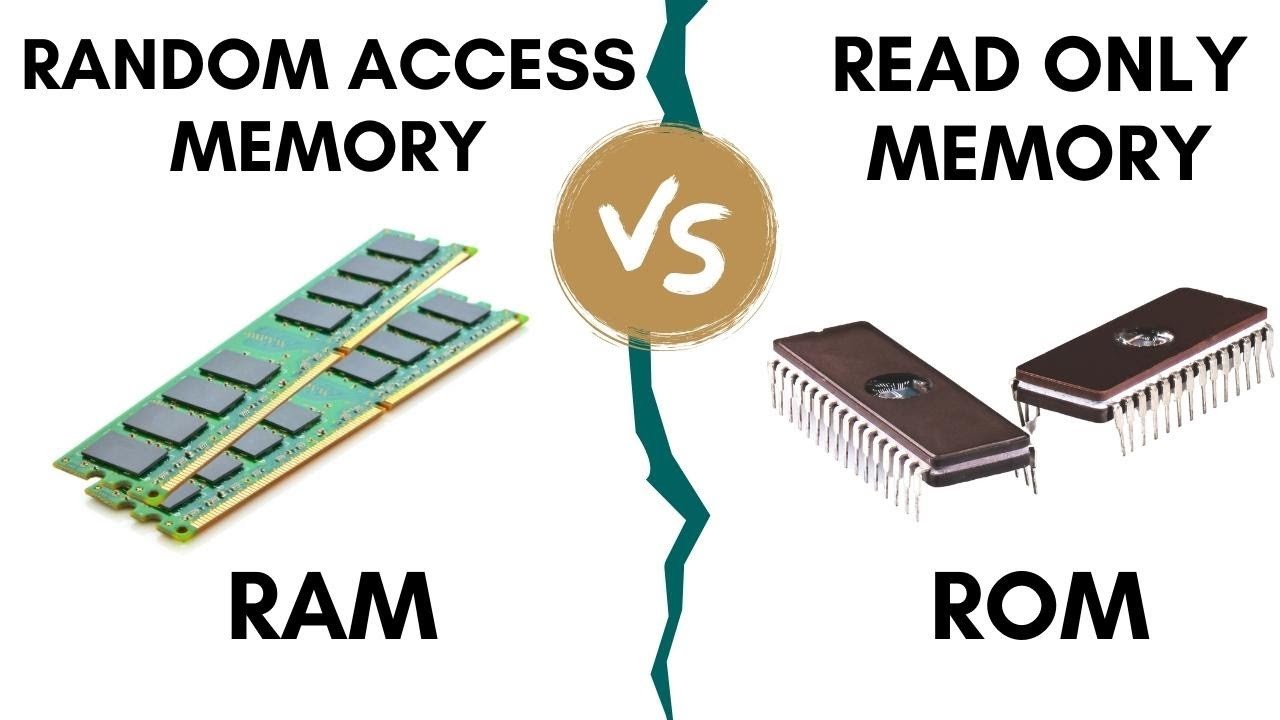In the realm of computer technology, ROM (Read-Only Memory) holds a significant place. From powering up your smartphone to storing essential system firmware, ROM plays a crucial role in various electronic devices. This article aims to delve into the fundamentals of ROM, highlighting its distinctions from RAM (Random Access Memory), exploring different types, and elucidating its diverse applications.
What is a ROM?
ROM, or Read-Only Memory, is a type of non-volatile memory used primarily in computers and other electronic devices. Unlike RAM, which allows data to be both read and written to and from, ROM is designed for data that is permanently stored and cannot be modified after manufacturing. This means that the data stored in ROM remains intact even when the device is powered off.
The term "read-only" indicates that the data stored in ROM can only be accessed for reading purposes and cannot be altered. This feature makes ROM ideal for storing essential system firmware, boot-up instructions, and other critical data that must remain unchanged over time. Helpful resource: https://www.hp.com/us-en/shop/tech-takes/ram-vs-rom

ROM vs RAM
ROM and RAM are two fundamental types of computer memory, each serving distinct purposes in the operation of electronic devices. Here's a brief comparison between the two:
-
Functionality: RAM is used for storing data temporarily while the computer is running. It allows for quick access and modification of data, making it ideal for tasks such as running applications, processing tasks, and multitasking. In contrast, ROM is used for storing permanent data that is essential for the device's operation, such as firmware, BIOS, and boot-up instructions.
-
Read/Write Access: RAM allows for both reading and writing operations, meaning data can be written to and read from RAM as needed. On the other hand, ROM only allows for reading operations; the data stored in ROM is fixed and cannot be modified after manufacturing.
-
Volatility: RAM is volatile memory, meaning it requires continuous power to maintain the stored data. When the power is turned off, the data in RAM is lost. In contrast, ROM is non-volatile memory, meaning it retains data even when the power is turned off.
-
Speed: RAM offers faster access speeds compared to ROM, making it suitable for tasks that require frequent access to data and rapid processing.
Helpful resource: https://www.crucial.com/articles/about-memory/what-is-the-difference-between-ram-and-rom
Types of ROM
There are several types of ROM, each designed for specific applications and purposes. Some of the most common types of ROM include:
-
Mask ROM (MROM): This type of ROM is programmed during the manufacturing process and cannot be modified afterward. The data is permanently encoded onto the ROM chip using a mask, hence the name.
-
Programmable ROM (PROM): PROM allows for data to be written to the chip after manufacturing using a special device called a PROM programmer. Once programmed, the data remains fixed and cannot be altered.
-
Erasable Programmable ROM (EPROM): EPROM can be erased and reprogrammed multiple times using ultraviolet light. To erase the data stored in EPROM, the chip must be exposed to UV light for a specified duration, after which it can be reprogrammed with new data.
-
Electrically Erasable Programmable ROM (EEPROM): EEPROM, also known as Flash memory, can be erased and reprogrammed electronically. Unlike EPROM, which requires UV light for erasure, EEPROM can be erased and reprogrammed in-circuit, making it more convenient for many applications.
-
Firmware ROM: This type of ROM is used to store firmware, which contains essential instructions for booting up the device and initializing hardware components. Firmware ROM is often found in devices such as computers, smartphones, routers, and game consoles.
Helpful resource: https://study.com/academy/lesson/read-only-memory-rom-definition-types-quiz.html
In conclusion, ROM is a crucial component of modern electronic devices, providing permanent storage for essential data that remains intact even when the device is powered off. Distinct from RAM in its read-only nature and permanence, ROM comes in various types, each catering to specific applications and requirements. Understanding the role and types of ROM is essential for comprehending the inner workings of computers and electronic devices in today's digital age.
Facts Checked by Hugh Johnson
Hugh Johnson stands tall in the realms of both the Integrated Circuits (ic Chips) industry and the electronic parts industry, earning acclaim as an esteemed expert in these fields. With an extensive background steeped in semiconductor technology, Hugh's expertise transcends chip design and fabrication, encompassing a profound understanding of electronic components' intricate functionalities and applications. His seasoned knowledge spans diverse facets, from microchip architecture and fabrication techniques to the broader landscape of electronic parts utilized across industries.









